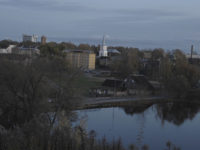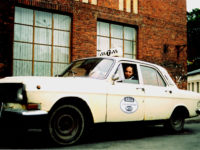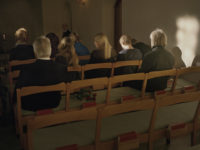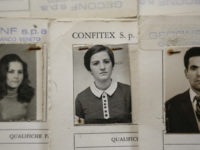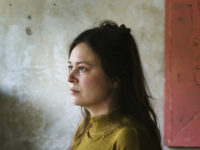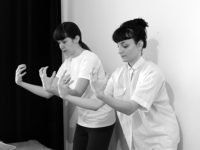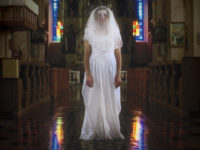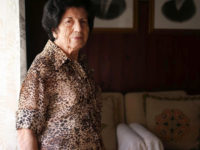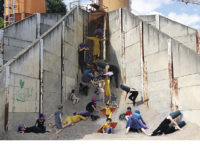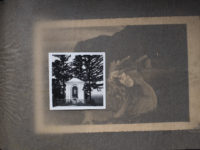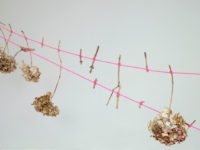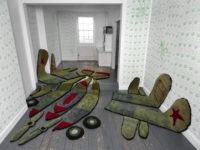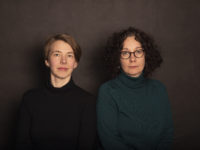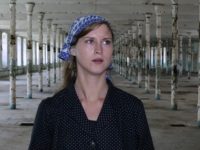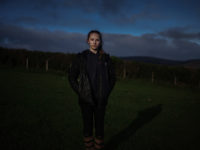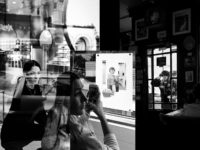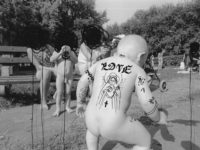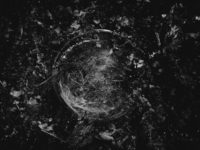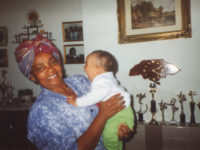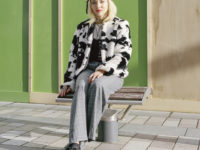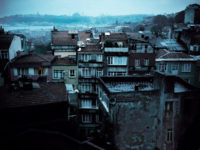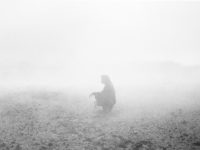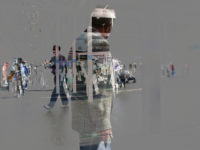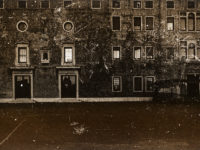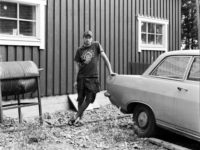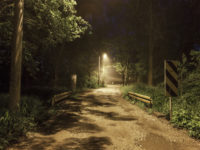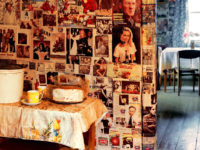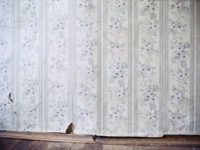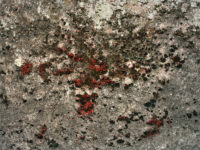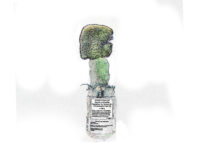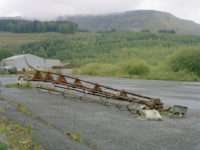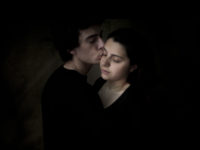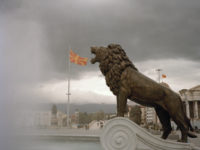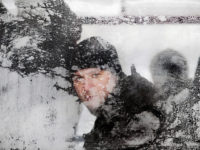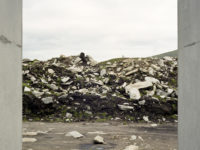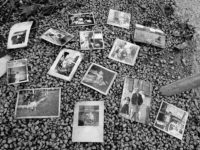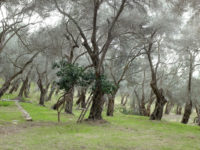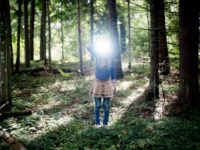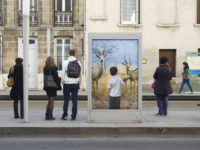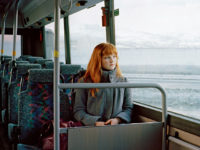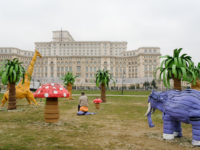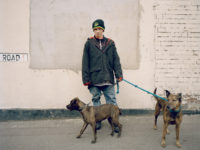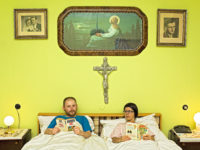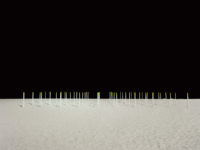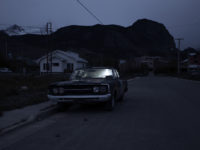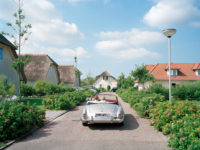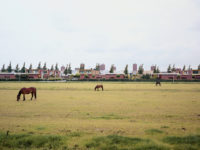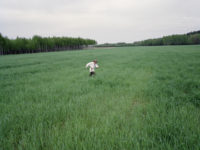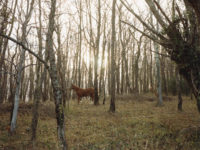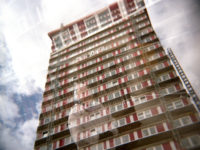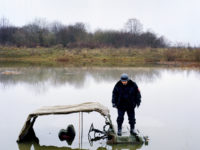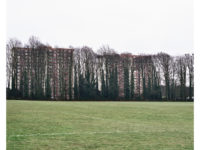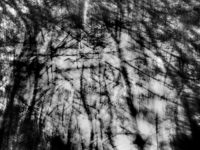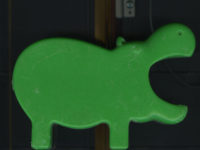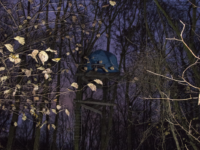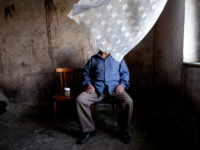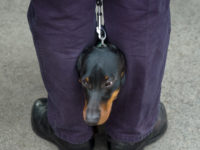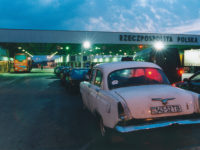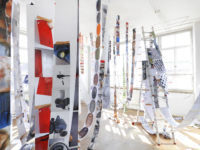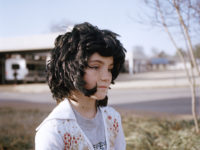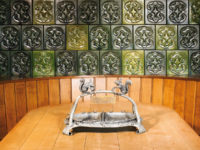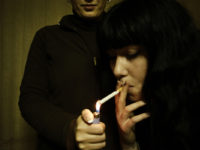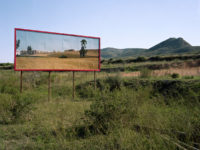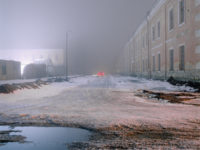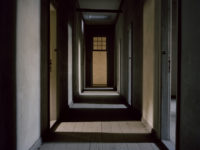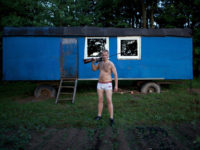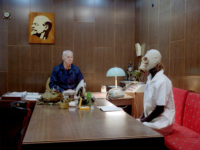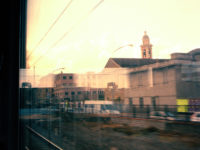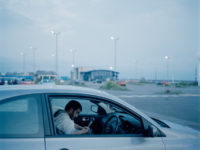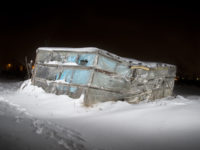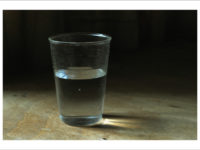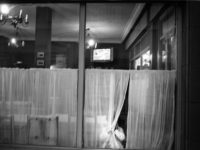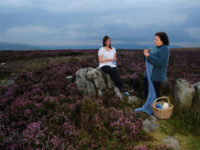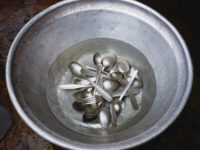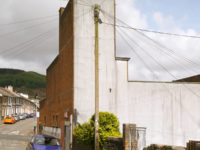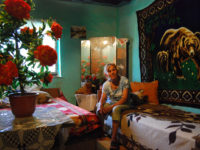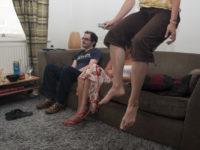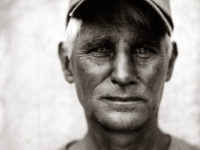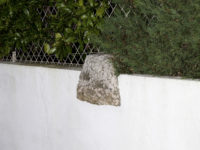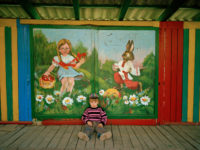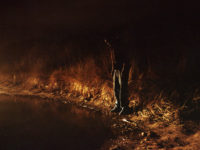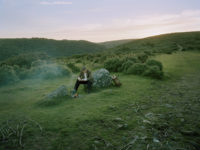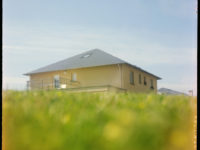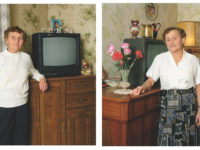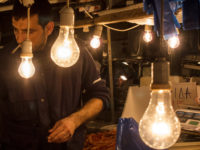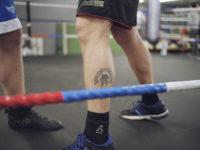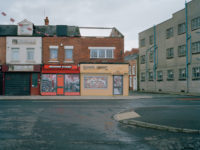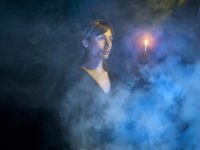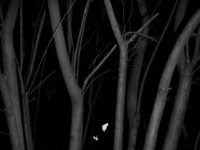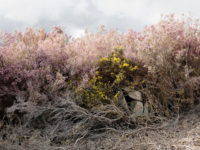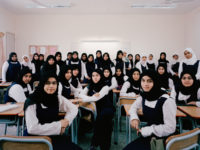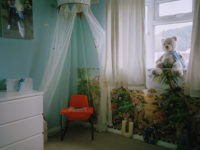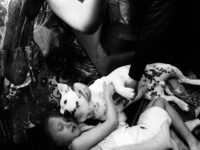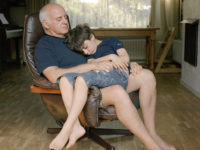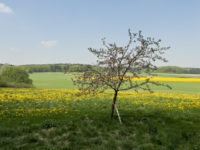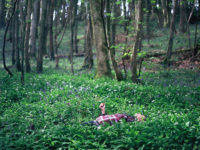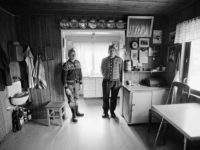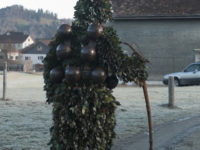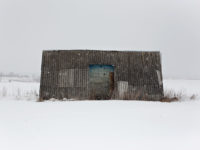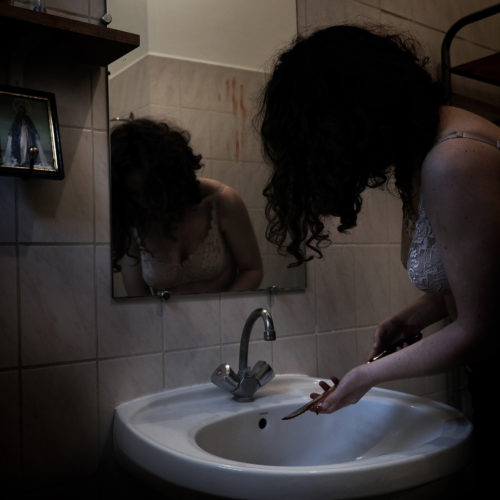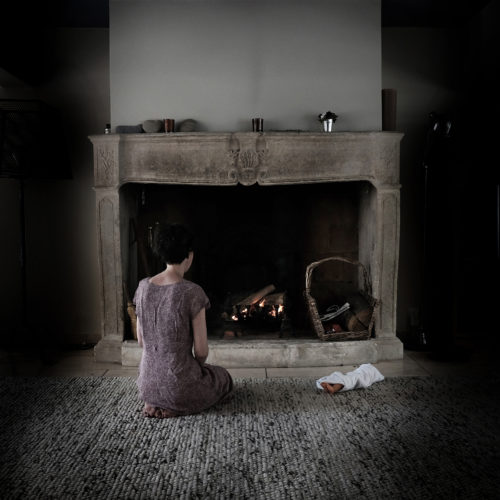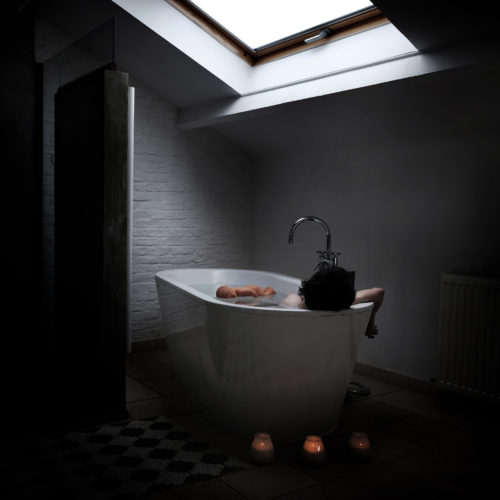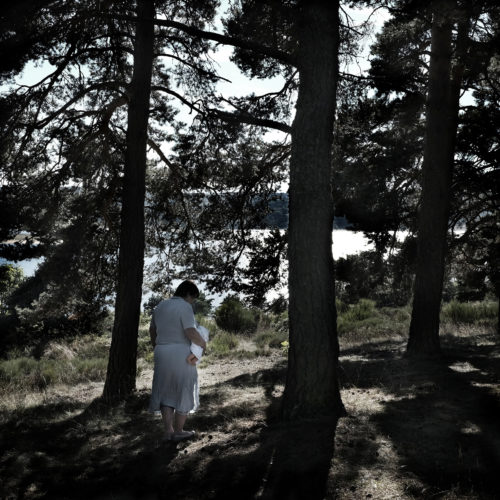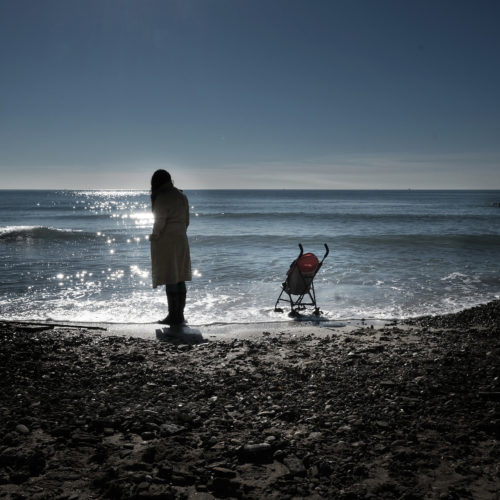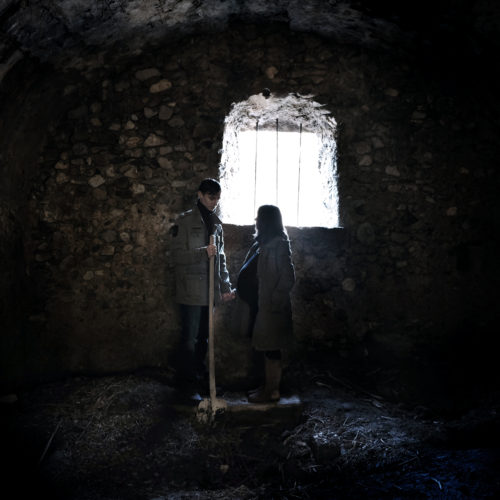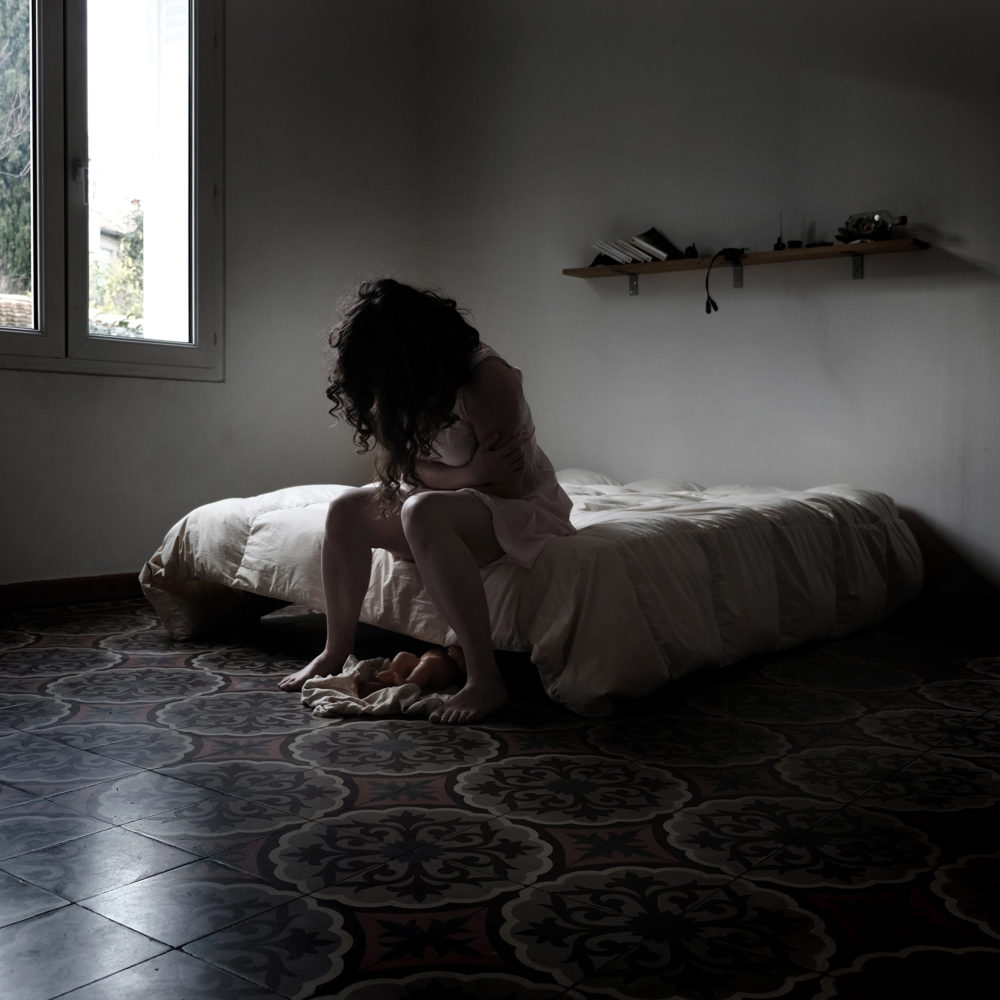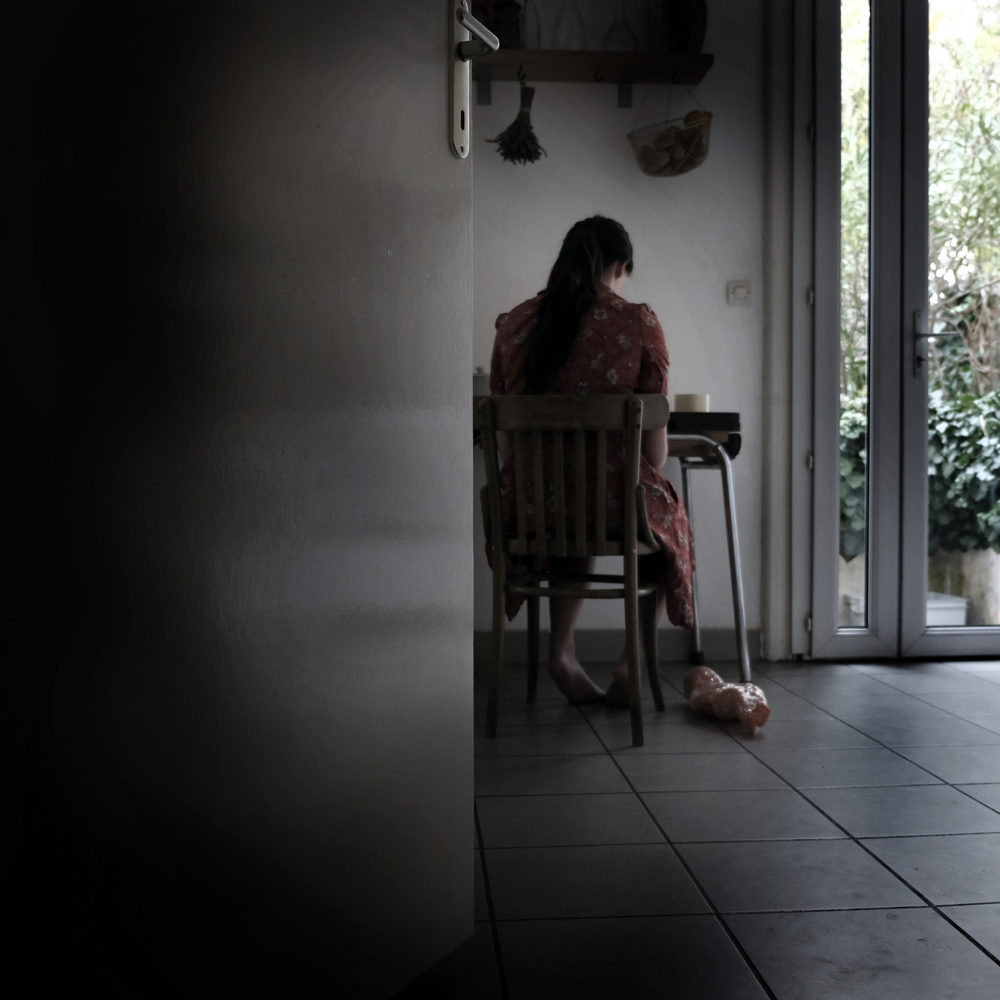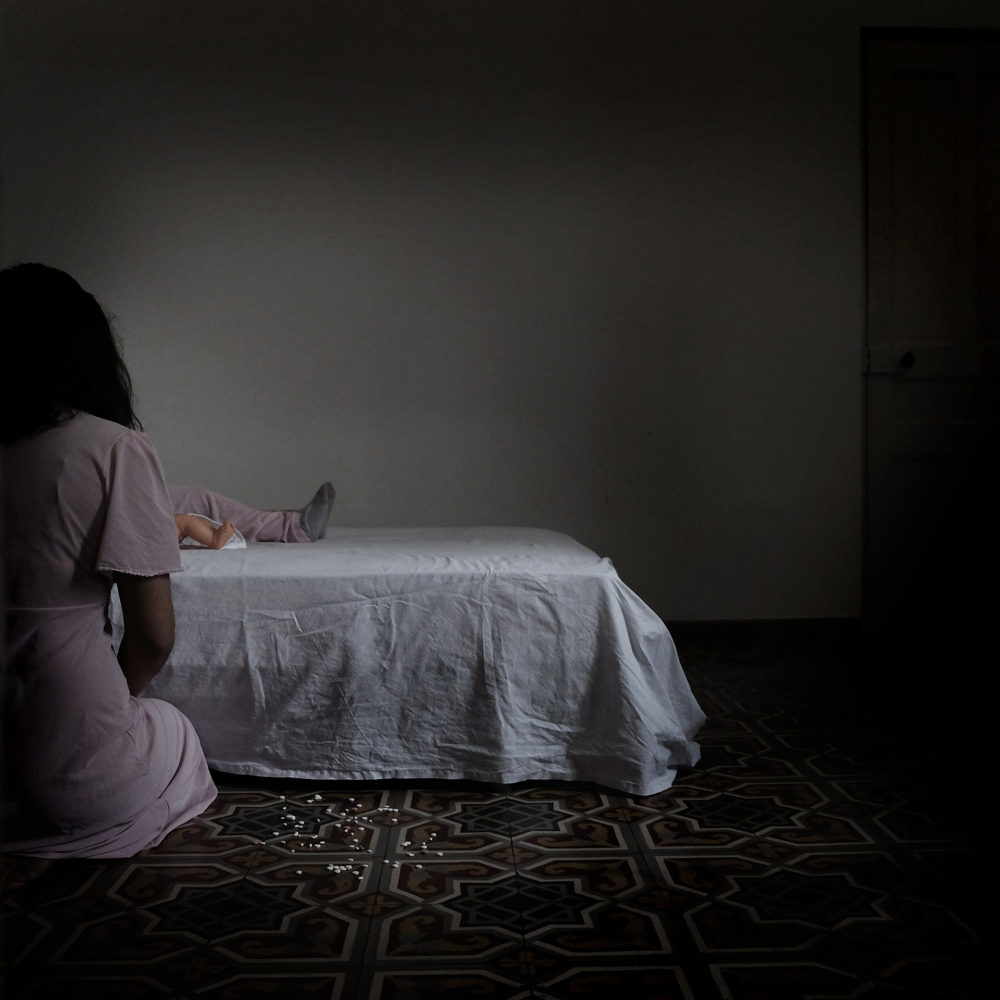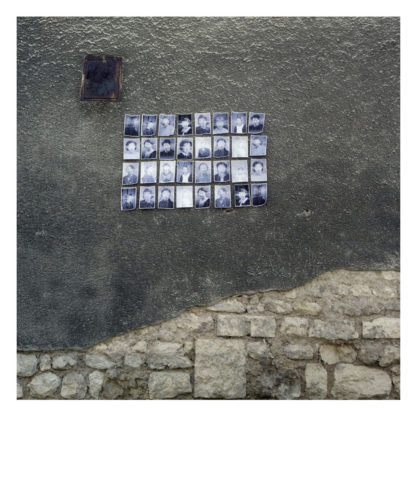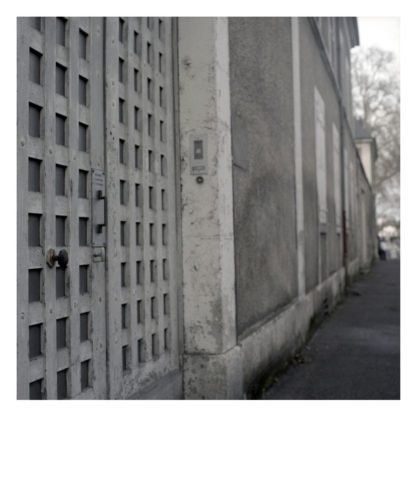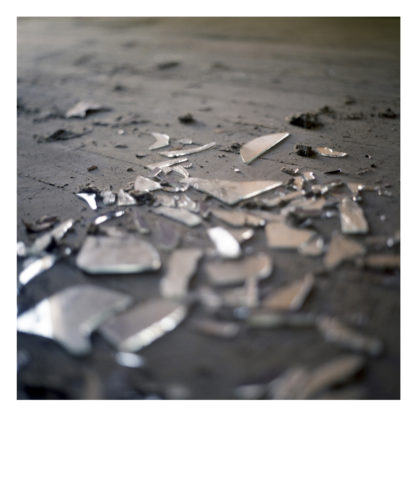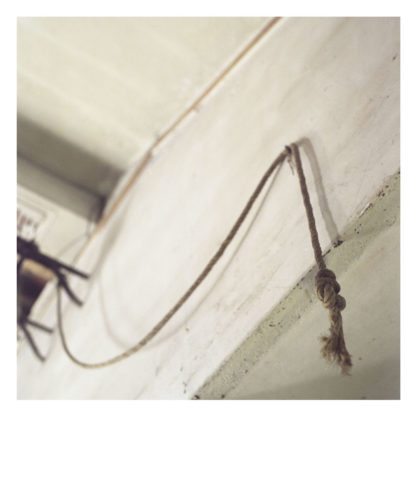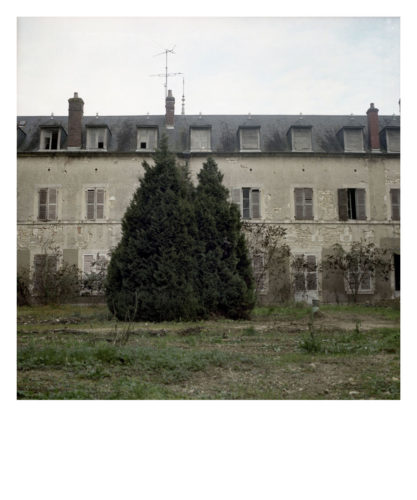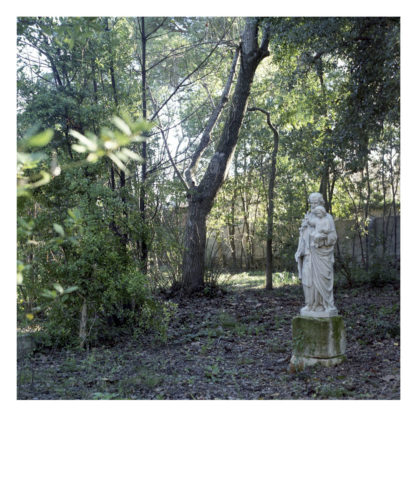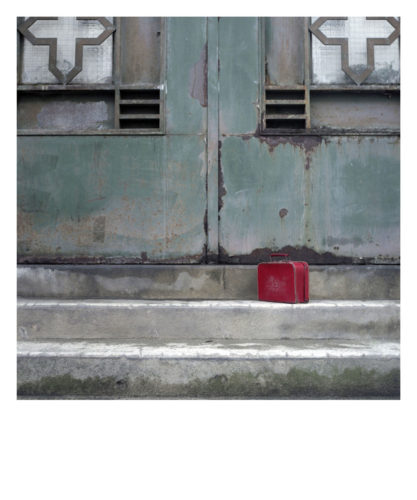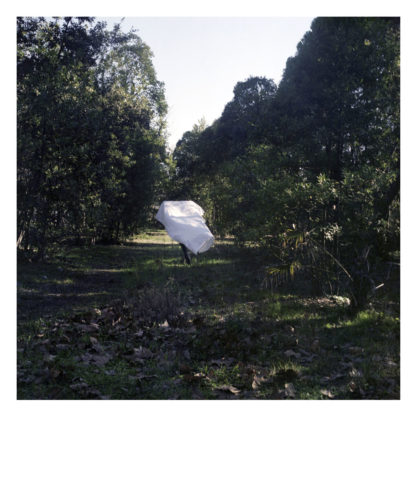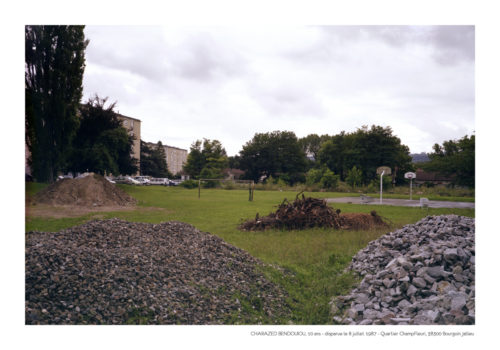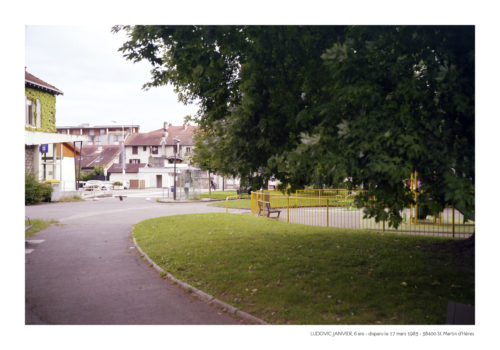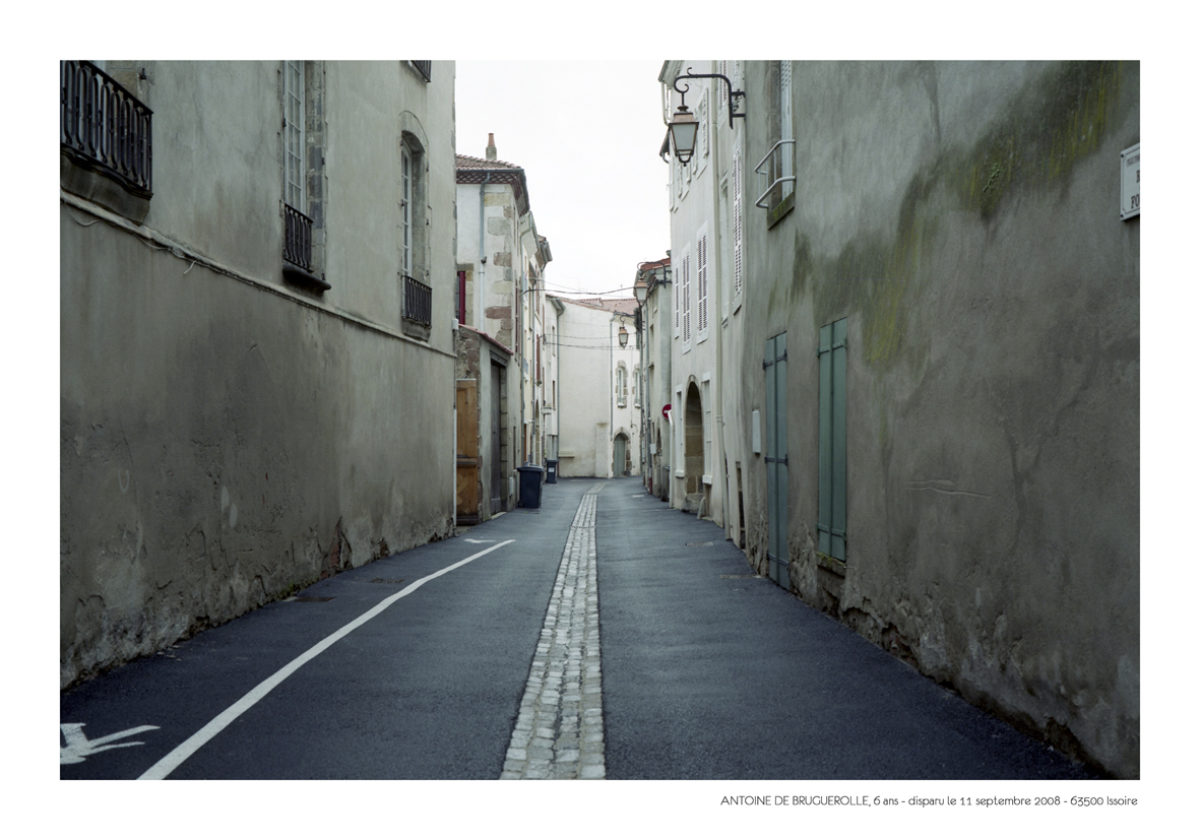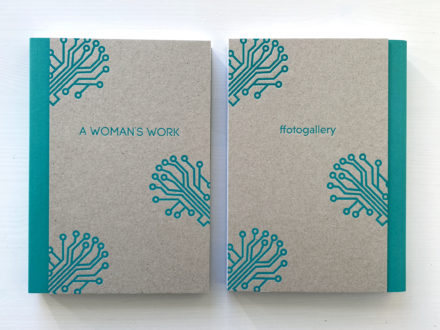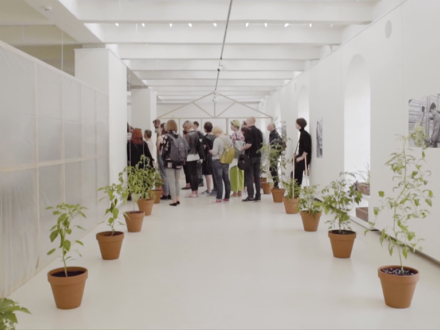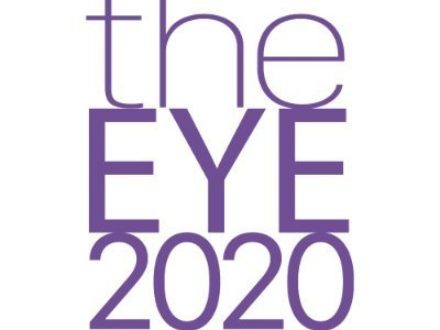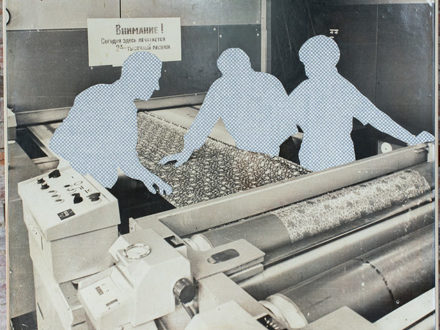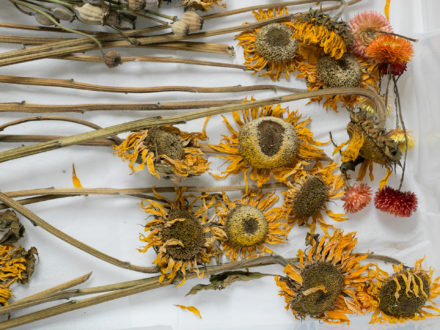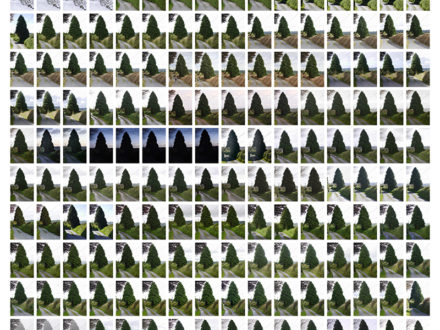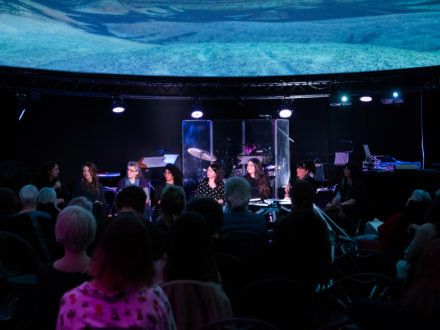Biography
Graduated from the National School of Photography in Arles in 2016, Virginie Plauchut has always been interested in human psychology; it focuses on what the human being feeds with neuroses, suffering, psychoses, but also beliefs, habits and symbols. He is at the heart of his research and photographic work.
She photographs to question, to make visible through the image. For several years, she has been working on issues and taboos related to childhood, with different subjects: incest ("Without proof and without a corpse"), disappearances of children ("The disappeared"), the confinement of girls in religious institutions until the end of the 1960s ("the high walls"), the mourning of the child ("Gianluigi"), bullying ("harassed") and infanticide ("Praeteritio"). In his series, his photographs are paradoxically calm; it is not the act that is retained, much less the "spectacular". The iconography highlights a "banality" of each situation. Although her photographic approach is the starting point of reality, she makes stagings that question her; and navigates between narrative photography in the form and social photography by the background.
For some years, she has been questioning the human through her beliefs and fears. From there, she experiments with another approach to the photographic act and starts a new creative process with more plastic work. Her various works have been exhibited at festivals or at solo and collective exhibitions in France and Europe, but also screened at several European festivals. She was also a finalist in the Leica Oskar Barnack Award in 2014. She has been a member of Hans Lucas Studio since 2015 and a photographer for PlainPicture since 2014. In parallel with her long-term personal work, she regularly collaborates with the press and works in schools as part of a photographic educational project.
Portfolio
PRAETERITIO
Notice of Risk: This post contains sensitive content which some people may find disturbing or offensive.
In the continuity of my work around the issues and taboos related to childhood, which I have been working on for several years, I wanted to discuss the theme of infanticide. This act that upsets and unleashes passions, and ignites the media.
This photography series is based on true stories. Based on various studies and clinical writings as well as various media, I chose to make photographs in which the real entanglement in the staging of a given moment, without ever showing the acme of each event I choose to represent before or after. Indeed, it is a matter of suggesting what happened, of reconstructing these tragic stories of infanticide.
Highly publicized, the cases of little Adelaide in Berck or that of Marina in the Sarthe are just a few trees that hide the forest of infanticides listed each year in France.
There are virtually no official statistics on infanticide. The only reference figure advanced by the Center for Epidemiology of Medical Causes of Death at Inserm (CepiDc) is 17 homicides of children under one year on average per year (period studied from 1996 to 2000).
Research director at Inserm and a specialist in child abuse, paediatrician Anne Tursz spent five years studying the phenomenon: "By extrapolating the results to the whole of France, I found the cases of 255 infanticide children less than one year per year. And again, I did not count in this study the neonaticide (children killed before being declared). But I had spotted 29 a year. These are statistics on children killed before reaching the age of one. "If we take the reference age of 15 years (criminal code), we arrive at the figure of 400 to 800 deaths per year, says Gerard Lopez, president of the Institute of Victimology. That's more than two children every day! "
Portfolio
The High Wall - The Good Shepherd
The buildings are dingy and dark, the walls icy and glistening with cold humidity. The dorms were made of large rooms filled with dozens of beds. There was no heat and only cold water to wash. Upon arriving, each new resident had to endure a search, a gynaecological examination, the removal of any personal item and was given three dresses (one for prayer, one for housework, and the third for outings). The breasts were bonded and the head covered with a scarf. Hygiene is a luxury, the constraints are many and varied. The daily regime imposed is very strict. Contacts with the family are in a grid parlour, conversations are heard, correspondence is read before being sent. And then there are the sanctions, the bullying and the physical violence, the use of drugs to calm the more recalcitrant inmates.
This is the story of Sylvie, Marie, Michelle, Rose Marie ... Starting with the testimonies of these women who report their broken childhood where time does not exist except in prayers and work, and my various research, I looked for these anachronic isolated places hidden behind impenetrable walls. Architectural traces are fading, disappearing with time. The images are rare, but the silence is always present.
"While it is important to come to terms with one’s past, it is equally important to report what took place behind these high walls to prevent it from happening again in other forms (...) We were not there to be punished, but to be protected, "said Marie Michelle Bodin-Bougelot.
In France, between 1950-1960, the state turned to religious institutions for the care of adolescents it did not know what to do with. The girls were trapped under the “right of paternal punishment” (which any father was entitled to by law until 1935) because they were runaways, or committed petty theft, or were allegedly with the wrong crowd, rebels, or those were raped which was as good as being guilty. But also, children of divorced parents, unwanted children, children war collaborators ... hundred religious institutions closed in the 1970s.
Portfolio
Missing
Every year in France, a child disappears without ever being found.
Their names are Estelle, Cyril, Jerome, Marion or Leo, you see their faces fleetingly on a poster at airports, train stations or shops.
Their families have waited for years for some news, a clue, a lead, or even a terrible. They are condemned to the worst: not knowing. Despite the passing of time, their families do not give up and keep hoping to see their child again or at least know what occurred on the day of their disappearance...
I returned to the scene, where the children were seen for the last time. These ordinary landscapes, where parents go time and time again, keep the secret of what happened.
There were a recorded 47,759 missing children in 2013, according to Home Affairs figures. The vast majority (around 46,800) of those minors reported to the Fichier des Personnes Recherches (Missing People department) were runaways. To this figure, one must add 379 children who were abducted (most often by one parent), and 582 particularly worrying disappearances. Of the latter, 184 cases are considered to involve a crime.


